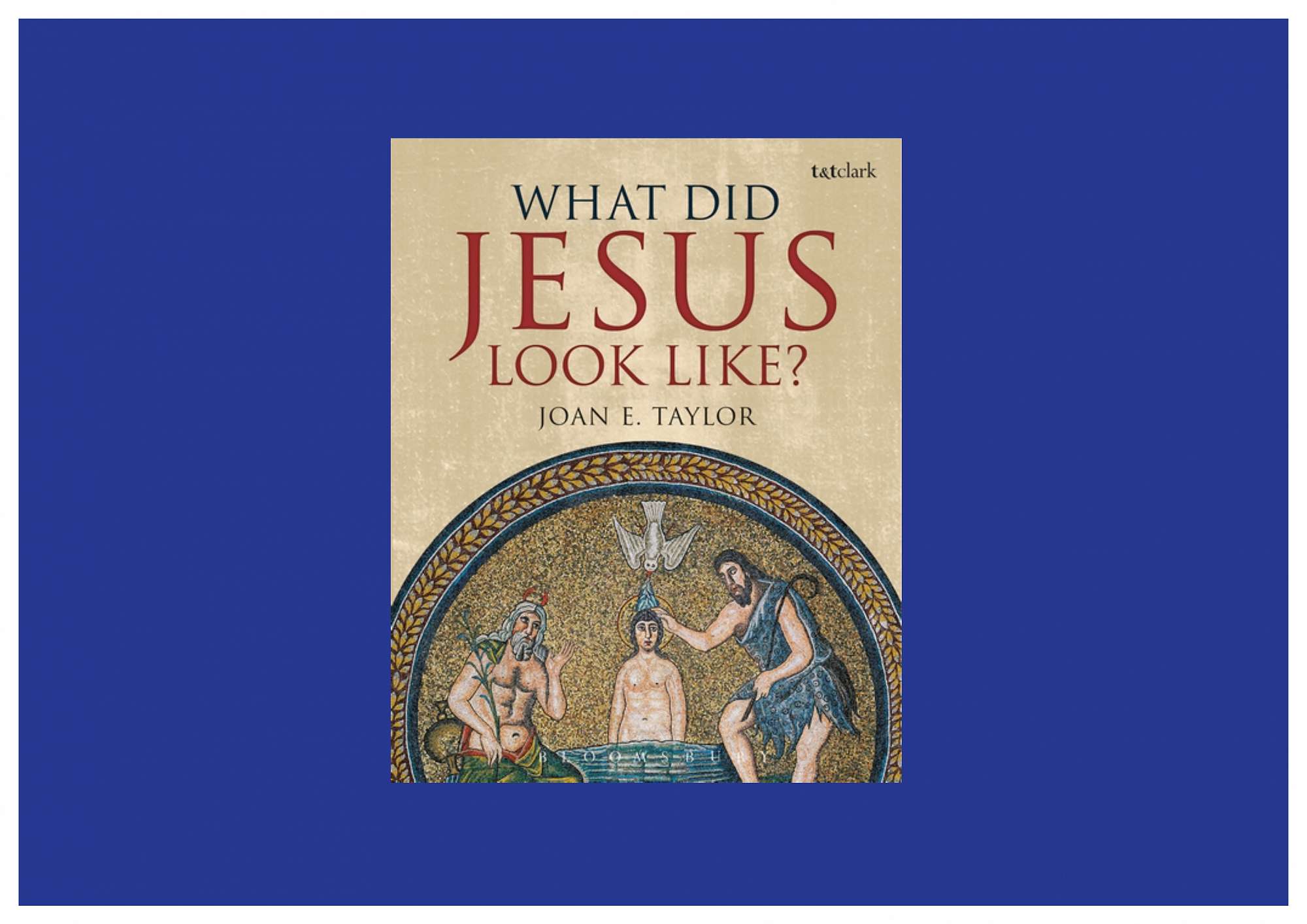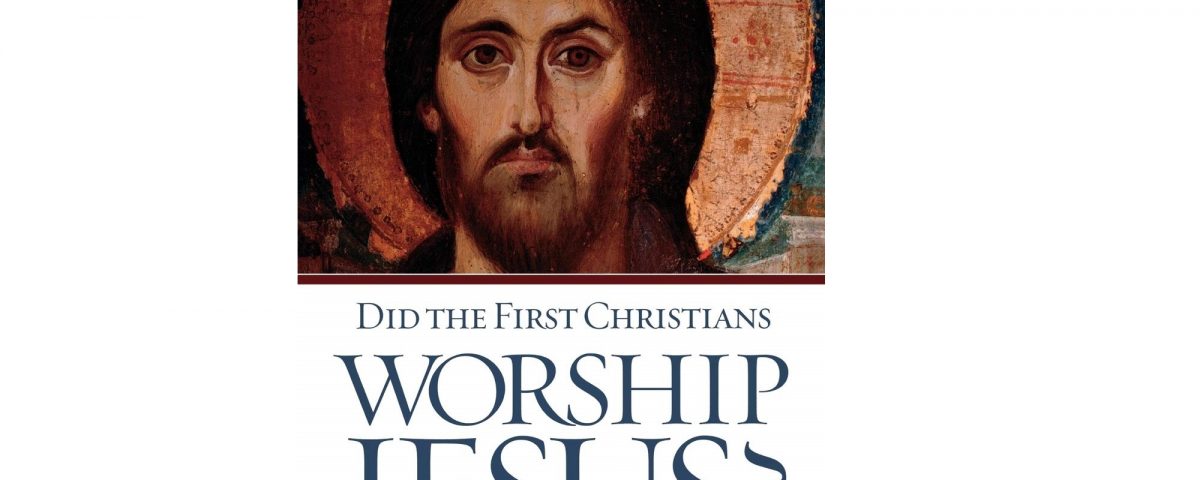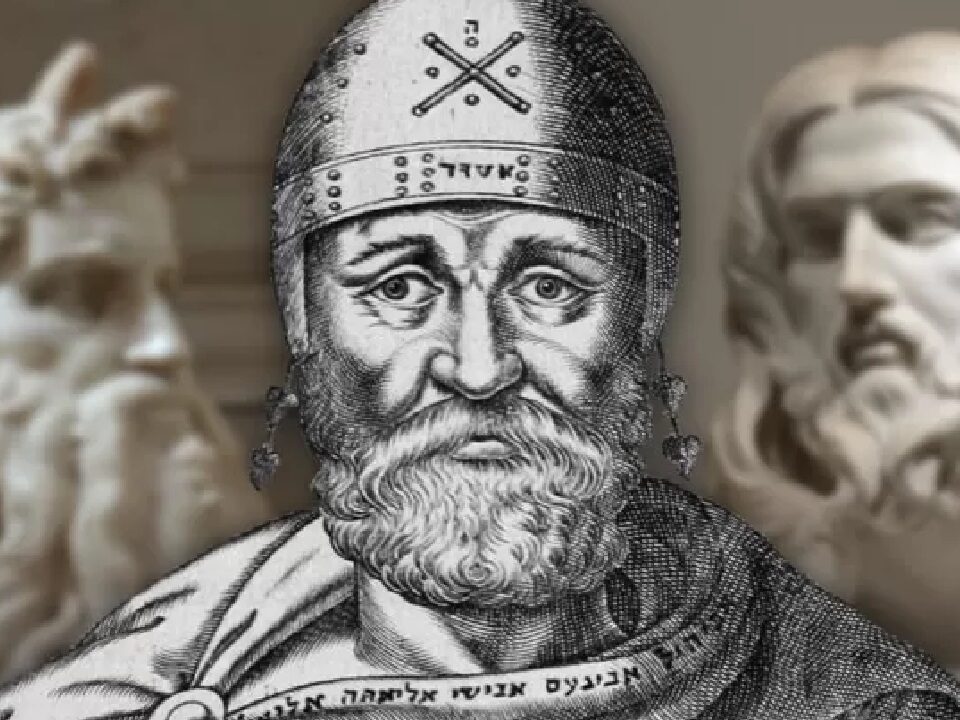
Moses: “god-man”
April 29, 2020
“The only true God” false dilemma
April 29, 2020Jesus in the Apocalypse

J.D.G. Dunn, Did the First Christians Worship Jesus? pp 130-31.
The uninhibitedness of Revelation’s christology is easily illustrated:
- Its vision of Jesus as the Son of Man (Rev. 1.12-16) mingles the imagery of the man-like figure who takes a throne beside the Ancient of Days (Dan. 7.13) with the description used of the Ancient of Days himself (7.9) and of the One who sat on the chariot throne in Ezekiel 1.24-27.
- Both the Lord God and soon-coming Christ say the same words, ‘I am the Alpha and the Omega’, the first and the last, the beginning and the end (1.8; 22.13).
- The worship of the Lamb in Chapter 5 is no different in character as worship from the worship of the Lord God Almighty in Chapter 4; the ‘living creatures’ and the 24 elders ‘worship’ (proskynein) in both cases (4.9-11; 5.13-14). Worship that once again is denied as applicable even to glorious angels (19.10) is entirely appropriate to the Lamb.
- In his visions the seer no longer makes a point of distinguishing the throne of the Lamb from that of God. Some of the descriptions seem to imply that the Lamb is seen to be sitting on God’s throne (7.17), and 22.1, 3 speak of ‘the throne [singular] of God and of the Lamb.
- The imagery of first-fruits is envisaged as offered to both God and the Lamb (14.4), and those who share in the first resurrection ‘will be priests of God and of Christ’ (20.6). Now such unique lack of inhibition can be explained in part at least by the uniqueness of the book of Revelation as the only New Testament apocalypse. Apocalyptic visions major on the grandiose and the bizarre, on startling symbolism and hyperbole.
The status given to or recognized for the Lamb has to be read in the context of the cosmic evil portrayed in the images of the great dragon, the horrific beast and the richly clad prostitute.
That is not the language of everyday theology nor the context of everyday worship. Apocalyptic visions burst free from such constraints and portray their message in the symbolism, often grotesque symbolism, of a Hieronymus Bosch. The exaggerated lines of the brightly coloured depictions are a way of figuring a reality that is beyond everyday description and imagery.
Even so, the status attributed to and recognized for the exalted Christ (the Lamb) should not be played down. The merging of the Son of Man with the Ancient of Days and of the Lamb with the Lord God are to be taken with the same seriousness as the high christologies of the other New Testament writers.
The question posed, however, is whether the visions of the seer of Revelation are more like a highly coloured symbolical assertion of what he indeed shared with the other christologies just reviewed (the Lord Christ as the divine presence), than the description of a reality that can be expressed in literal terms and propositions. Is the imagery perhaps better described as surreal than as real metaphysics? The hermeneutical rule governing the interpretation of apocalypses should not be forgotten: to interpret them literally is to misinterpret them.

